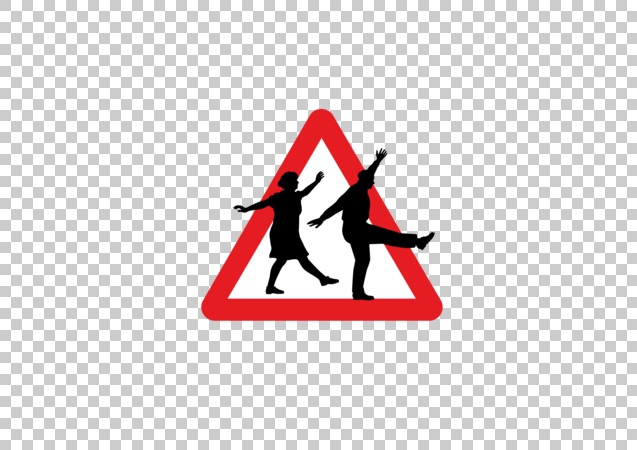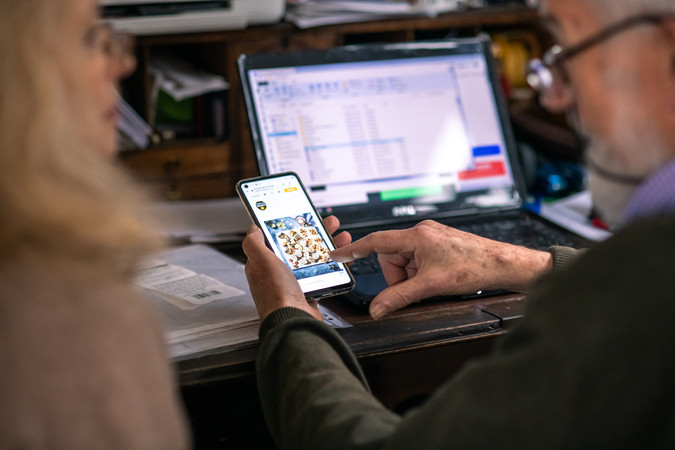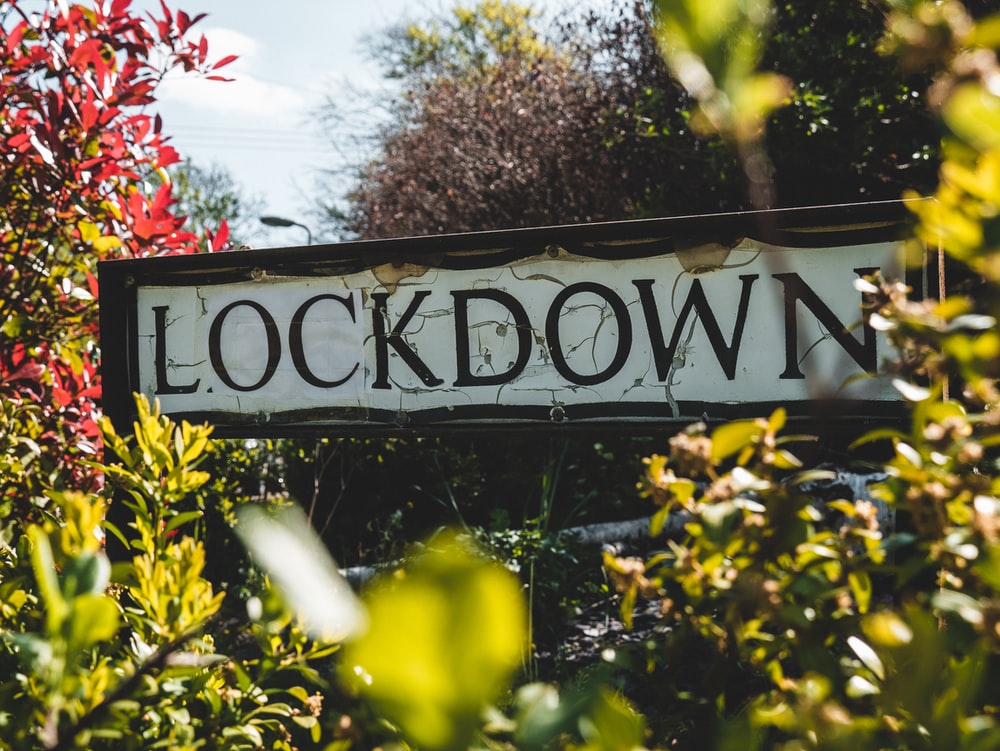They say age is just a number and objectively that must be true, but it’s also true that perceptions of, and attitudes to, age certainly do make a difference. It now seems to be the norm to talk about Zoomers, Millennials, Generation X, Baby Boomers … the list goes on: apparently those born in the last ten years are Generation Alpha, who knew, indeed do they yet?
Even if we don’t follow this terminology, Covid-19 has if anything served to emphasise differences between the generations: school children and young people are losing out on their education and may never catch up, the under-30s are hardest hit by job losses and legally prohibited from having sex with a partner they don’t live with, the elderly are more likely to die from Covid but the so-called Boomers have it easy with their triple-locked pensions. But of course much of this, especially the negative, is stereotyping that is reinforced by mainstream media on a daily basis
So I was interested to see that The Centre for Ageing Better (yes, apparently that’s possible) has launched The Positive Image Library, a free library of ‘positive and realistic images of people aged 50 and over’ that ‘aims to tackle negative stereotypes of later life’, and I particularly like the attempt to promote a more relevant icon than the traditional one of two hunched figures with walking sticks.

It’s an interesting collection of images, although I feel that they’re a bit light on diversity and do older people never have interactions or relationships with younger people, only with other older people? But overall it’s a great initiative and the collection is growing so can become even more useful in the future. Here are just a few more that I liked:



But if humans, young and old, have image problems perhaps the answer for libraries is a humanoid? Step forward, Pepper!

In his article ‘Robot “Pepper” brings a breath of fresh air to libraries’, Dr. Friedrich-Carl Schaefer explains that “Pepper is a friendly character specialized on communication skills, who magically attracts visitors. He is always in a good mood and loves to make small talk . . . As a dedicated helper, the little robot answers numerous questions about the library, gives detailed directions, and is also happy to guide visitors along the path they are looking for. Pepper always knows about current promotions and events and invites visitors to participate”. And no, this isn’t sci-fi, Pepper is already hard at work in libraries in Hanover, Germany and Lucerne, Switzerland.

Bringing you back to the more mundane, ongoing restrictions during the Pandemic have continued to place severe limitations on the services that public libraries can offer but the UK government’s Roadmap out of Lockdown for England offers the hope of some return to normality with the proposal that libraries may be able to reopen after 12 April. Isobel Hunter has tweeted that Libraries Connected “will liaise with DCMS Libraries to confirm details and revise the Service Recovery Toolkit accordingly”. Of course the bigger question is what does ‘open’ mean? Indeed in what sense are libraries currently closed? Am I the only one who’s losing the plot? However, Isobel has also said that “DCMS is working to clarify what “open” means for libraries and the range of services they offer”.
Unlike England’s roadmap, Scotland’s Coronavirus (COVID-19)) Strategic Framework Update avoids setting specific dates nor mentioning libraries but may be taken to infer reopening during April. Libraries do at least get a mention in Northern Ireland’s cautious five-step plan, Moving Forward, the Executive’s Pathway out of Restrictions, which indicates that they could reopen by the end of the ‘Gradual Easing’ phase, which is the third of five phases, although again the plan has no specific dates. However as far as I’m aware, Wales is yet to publish an official roadmap, instead opting to look no further than six weeks – or two three-week review cycles of lockdown restrictions – ahead.
To wrap-up this month’s blog I’m going to ignore all I’ve said earlier about stereotypes and reinforce the notion that older people tend to ramble on about times past, by doing just that! Some of you enjoyed the tales of Miss Crimp in January’s blog, so over the next few months I’m going to introduce you to a few more of the librarian characters of yesteryear, though this time I’ll disguise their names a little. GT was chief librarian of a west London borough in the late 1960s and 70s, but as was common in those days the head of service liked to get closely involved in the practical organisation of his libraries and one of his favourite activities was the reorganisation of the stock and shelves of an entire library on its closed day. Besides his undoubted expertise on what should go where (I was never clear whether the various branch librarians had any say) this obviously required a fair bit of manpower to manhandle (pronouns deliberate) all the books from one area to another, so he used to commandeer half a dozen fit and agile library assistants to spend the day carrying out his instructions. Always young, male assistants: GT when once asked why, declared that, “women are the wrong shape for moving books”.
Geoff Allen is a senior associate consultant with Activist Group. The views expressed in this blog are his own and do not necessarily reflect the opinions of Activist.
